In recent posts we have comprehensively discussed inflation meshing requirements for resolving or modeling wall-bounded flow effects due to the turbulent boundary layer. We have identified the y-plus value as the critical parameter for inflation meshing requirements, since it allows us to determine whether our first cell resides within the laminar sub-layer, or the logarithmic region. We can then select the most suitable turbulence model based on this value. Whilst this theoretical knowledge is important regarding composite regions of the turbulent boundary layer and how it relates to y-plus values, it is also useful to conduct a final check during post-processing to ensure we have an adequate number of prism layers to fully capture the turbulent boundary layer profile, based on the turbulence model used (or...
Archives
Turbulence Part 3 - Selection of wall functions and Y+ to best capture the Turbulent Boundary Layer

How does the Reynolds Number affect my CFD model?
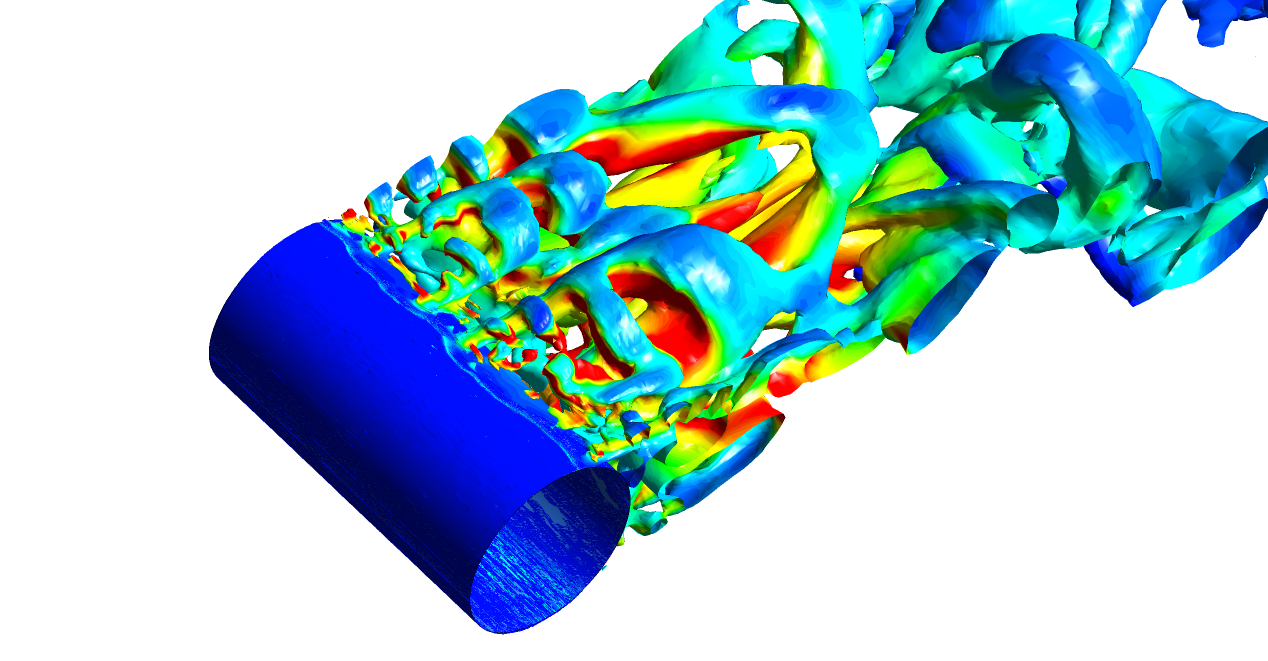
The Reynolds number (Re) is the single most important non-dimensional number in fluid dynamics and is recommended to be calculated before you begin any new CFD modelling project. The Reynolds Number is defined as the dimensionless ratio of the inertial forces to viscous forces and quantifies their relevance for the prescribed flow condition: Where U∞ and L are the characteristic velocity and length scale of the problem, ρ is the fluid density and μ is the dynamic viscosity. The use of the Reynolds number frequently arises when performing a dimensional analysis and is known as Reynolds principle of similarity. For example, air flow of U∞ = 1 [m/s] over a flat plate of L = 1 [m] will exhibit the same flow pattern as air...
Insights from Sir James Dyson on accelerating product development through CFD with design exploration
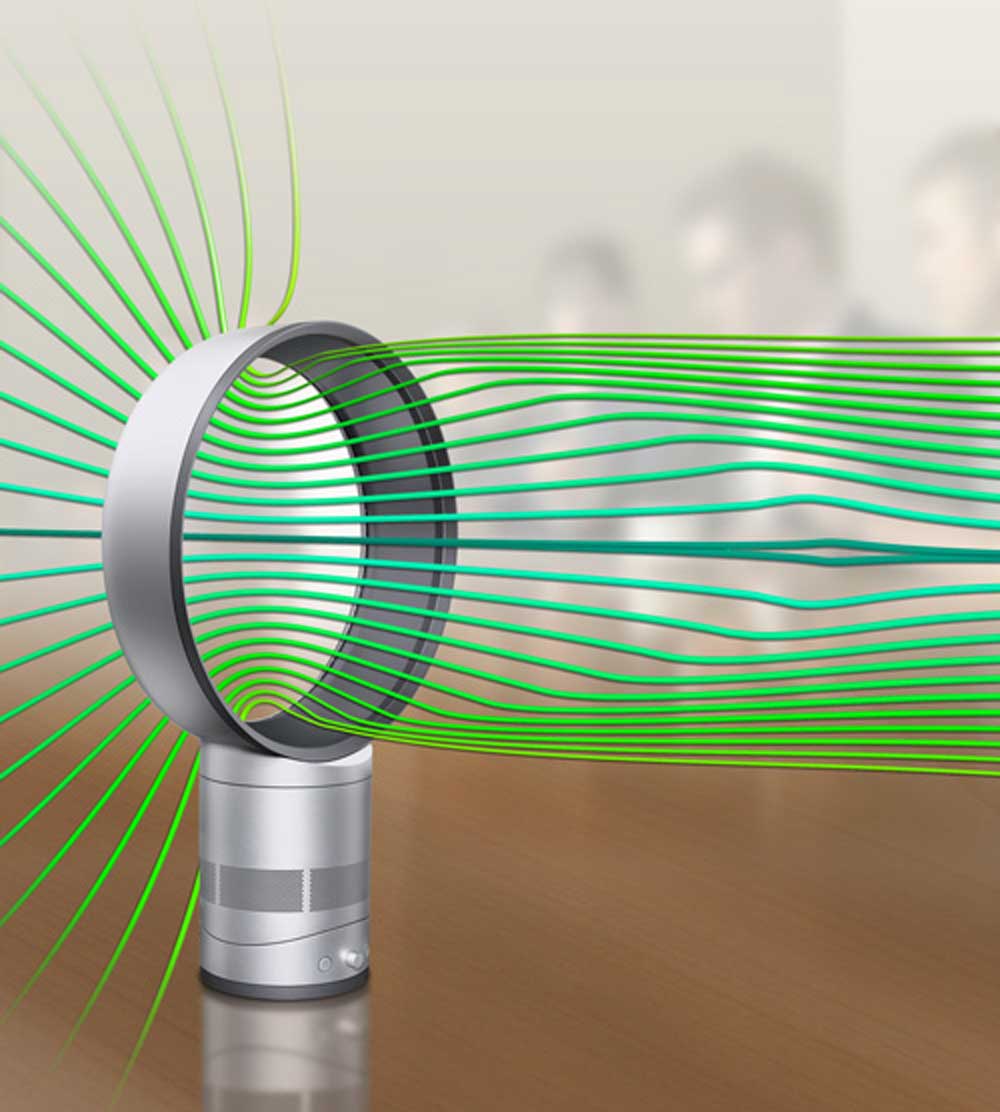
Sir James Dyson was in Australia recently for the launch of Dyson's Airblade Tap hand dryer. During his visit, he gave a particularly enlightening interview with the ABC One-Plus-One program (which can be viewed at this link). Dyson is a world-leader in the field of industrial design and is most famous for his invention of the cyclonic vaccuum cleaner (which now seems to have been copied and/or reverse engineered by all of his major competitors!). I'd suggest that the battles that Dyson has had on the Intellectual Property front are undoubtedly a factor that requires Dyson to keep ahead of the competition through constant innovation. During the interview, Dyson offered an interesting perspective on the need for perserverance in product design as he reflected on the product development process undertaken...
Formula SAE teams aim for the podium with CFD

Budding F1 car designers & engineers here in Australia may be getting excited in the build-up to the first race of the F1 season with the Australian F1 Grand Prix being held in Melbourne next week (March 14-17), but many of them might also have another important car race in the back of their minds: the 2013 Formula SAE (FSAE) competition, which is the world’s largest student engineering design competition. Starting in 1979 but really gaining in popularity here during the past 15 years, Formula SAE invites highly-motivated engineering students from leading universities around the world to design, manufacture, test and race their own single-seat racecar. Each car is judged for dynamic performance including acceleration, autocross, endurance, fuel economy as well as other important engineering and business-related metrics...
Join LEAP at the 2013 Australian International Airshow

We know that many of our CFD customers are also very passionate about aerodynamics and aircraft design, so it stands to reason that the 2013 Australian International Airshow will be a magnet for both aircraft enthusiasts and CFD practitioners alike. The Australian International Airshow starts today (Feb 26th 2013) and LEAP Australia staff will be attending as part of the Victorian Government Stand, which is located in Hall 2, Stand 2F17. If you are also attending the Airshow during the trade sessions this week (Tuesday to Friday), please drop us a line and we'd relish the opportunity to arrange a meeting and discuss your current CFD projects. Once reliant on physical testing for research and development, the aerospace and defence industry pioneered computational methods to gain insight...
Tips & Tricks: How to interpret results for multiphase & porous domains using true velocity and superficial velocity
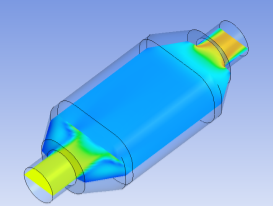
A commonly asked question is: What is Superficial Velocity and when do I use it? If a fluid flows through a region that is occupied by either fixed structures (a porous region, pipe rack, catalyst bed, etc...), or shares the channel with other fluids (e.g. gas-liquid flow), there are two ways to describe the fluid velocity. The first is to use the "True Velocity" which is the actual velocity of the fluid particles. This velocity will vary with location in the porous matrix. This is the velocity you would measure experimentally if you focused on a small region of fluid. The second is the "Superficial Velocity", which is the velocity the fluid would have if it were flowing through the same domain without any...
(Part 2) 10 Useful Tips on selecting the most appropriate multiphase flow CFD models
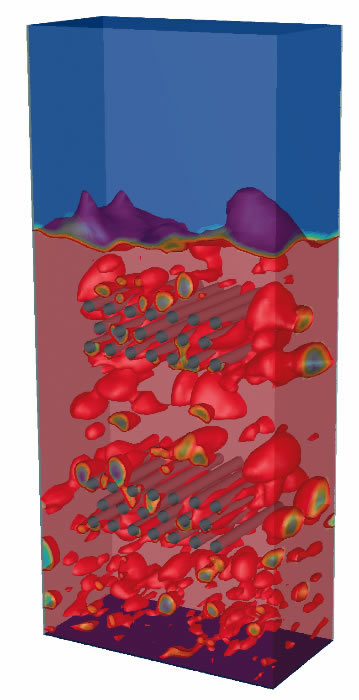
As we discussed in our previous post, the first step when tackling a multiphase CFD problem is to identify the key characteristics of your physical system. Once you've done this (using our checklist if you are still new to multiphase CFD), you can begin to make informed decisions on what multiphase modelling approaches to use. We've compiled the following guidelines based on the decades of experience that LEAP has developed while helping customers in Australia and New Zealand to solve multiphase CFD problems, particularly companies and researchers in the minerals, process and energy industries: [1] If your problem involves a distinct free surface between two fluids (typically liquids), then the "Free surface" model in CFX or "Volume of Fluid / VOF" model in Fluent...
Webinar: Overview & Recent Advancements in Multiphase Flow Modelling with Dr. Markus Braun, ANSYS Inc
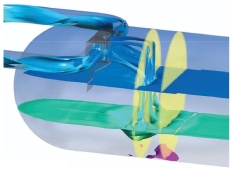
In advance of his visit to Australia in December, LEAP Australia is pleased to announce a webinar to be conducted by Dr. Markus Braun on Wednesday November 14th at 4pm AEDT (Syd/Mel daylight savings time). This webinar will provide an overview of multiphase flow modelling techniques and discuss recent advancements that impact the use of CFD in the minerals processing, energy and related industries. Who should attend? This webinar is suitable for all engineers, researchers and managers involved in projects that include CFD modelling of multiphase flows. About the presenter: Dr. Markus Braun studied mechanical engineering at RWTH Aachen, receiving his Diploma in 1989. He finished his studies with the award of the Springorum Denkmunze for excellent students at RWTH Aachen. Markus then joined the...
Learn from the Expert: Training in Multiphase Flow Modelling with Dr. Markus Braun, ANSYS Inc.
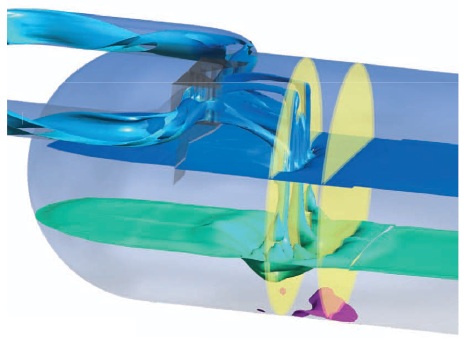
LEAP Australia is pleased to announce a visit to Australia by Dr Markus Braun, Team Leader, Multiphase Development, ANSYS Inc. Dr. Braun will be presenting a two-day course in Melbourne on Multiphase Flow Modelling, in conjunction with his visit to the 2012 CSIRO Conference on CFD in the Minerals and Process Industries. The training will be held in Melbourne on December 13-14, 2012. Who should attend? This course is a rare opportunity for all engineers & managers who are working with CFD simulations involving multiphase flow, in an industrial or research environment. The course will comprise a mixture of lectures and example case studies which will allow attendees to gain a first hand knowledge of all multiphase modelling approaches available in ANSYS CFD and their application to various...

